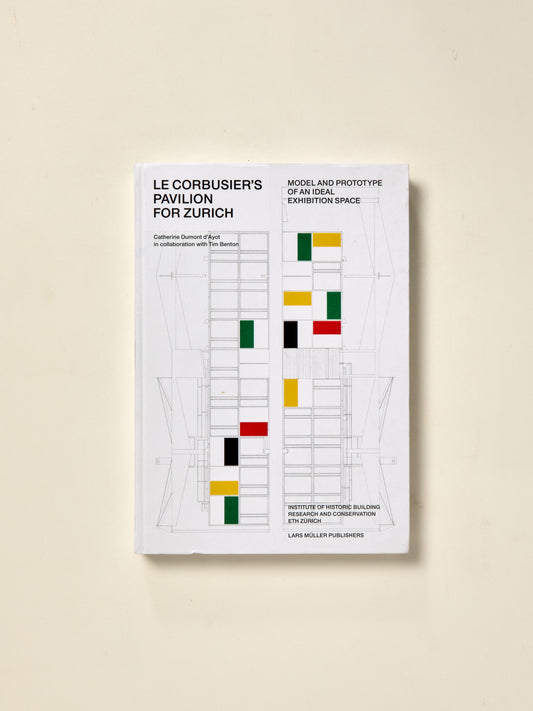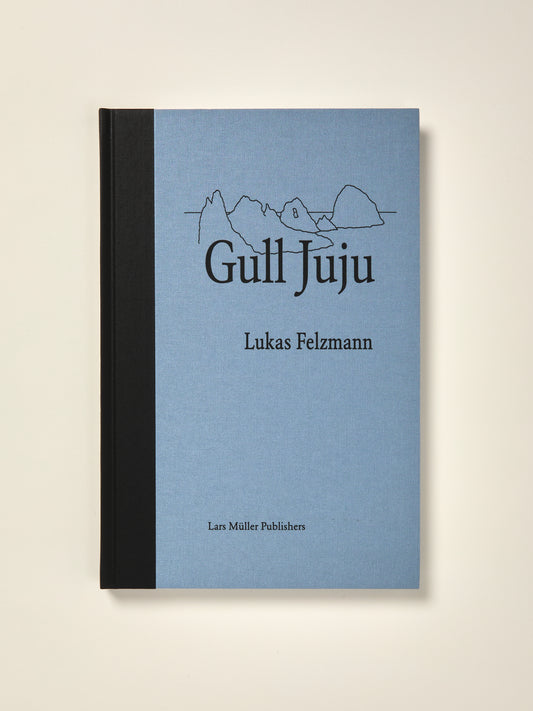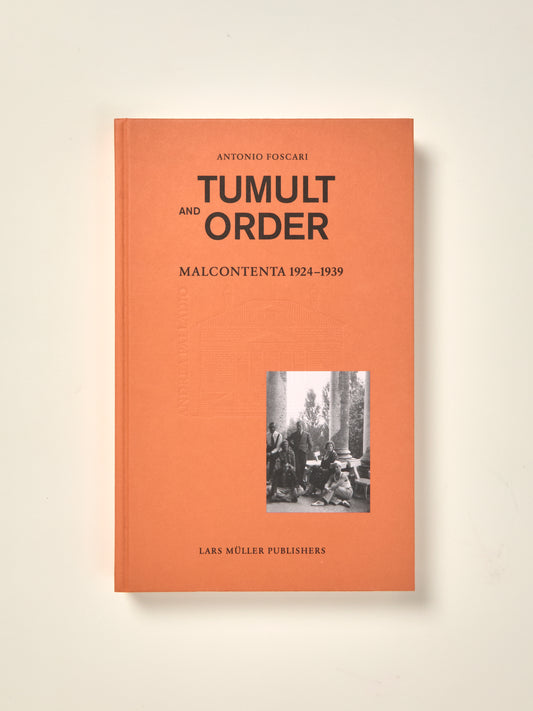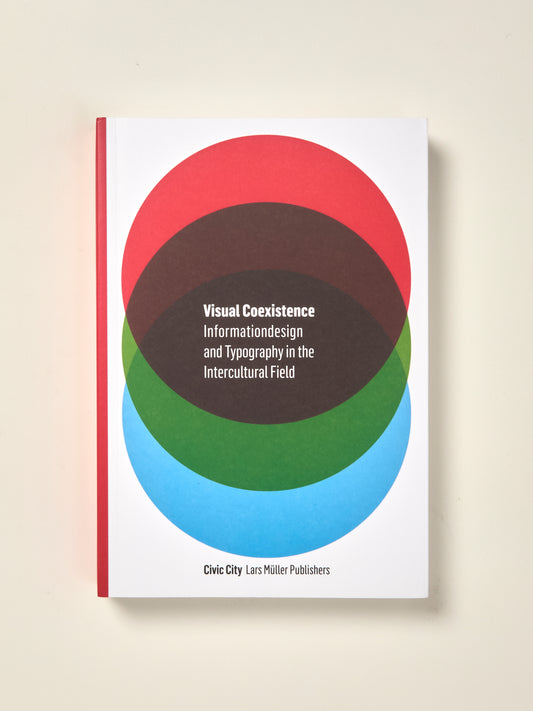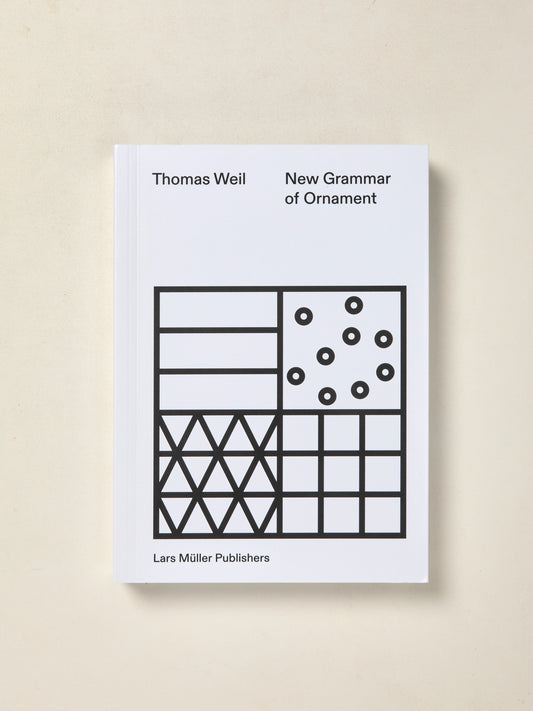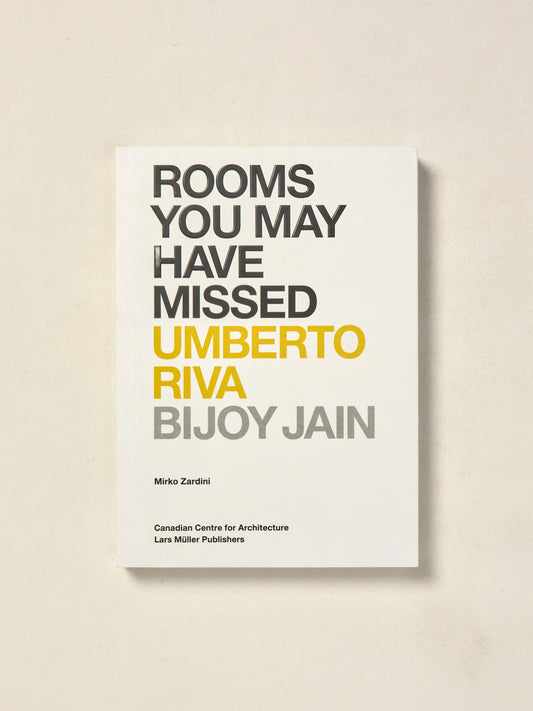
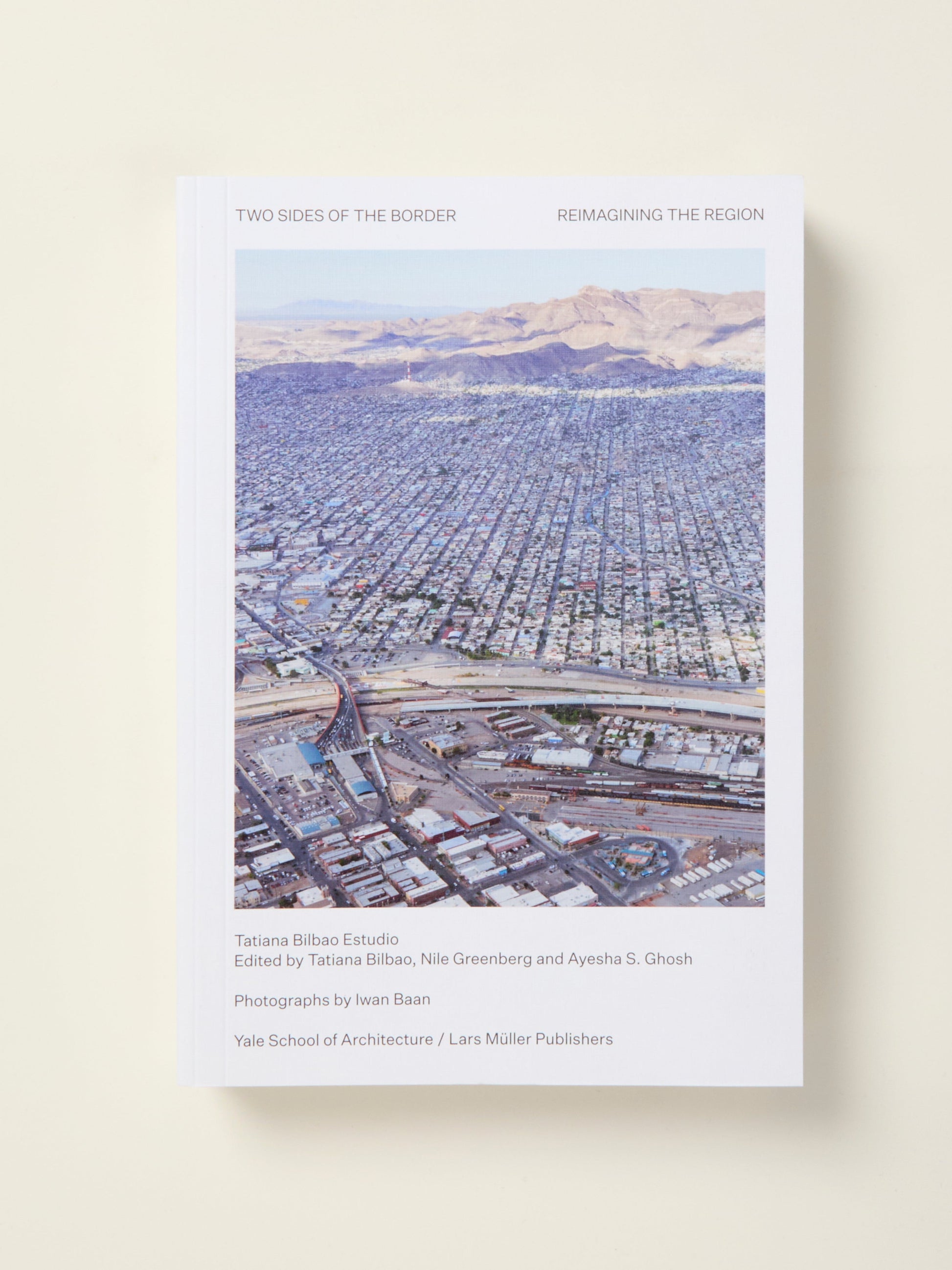
Two Sides of the Border: Reimagining the Region
Two Sides of the Border: Reimagining the Region
At a moment when migration has returned as a hot-button political issue and NAFTA is being renegotiated as the USMC, political discourse has exaggerated differences on either side of the shared US/Mexico border. But what if we stopped dividing the United States and Mexico into two separate nations, and instead studied their shared histories, cultures and economies, acknowledging them as parts of a single region?
In 2018, under the direction of Mexican architect Tatiana Bilbao, 13 architecture studios and their students across the United States and Mexico undertook the monumental task of attempting to rethink the US/Mexico border as a complex and dynamic, but also cohesive and integrated, region. Two Sides of the Border envisions the borderlands through five themes: creative industries and local production, migration, housing and cities, territorial economies and tourism. Building on a long shared history in the region, the projects in this volume use design and architecture to address social, political and ecological concerns along our shared border.
Featuring essays, student projects, interviews, special research and a large photo project by Iwan Baan, Two Sides of the Border explores the distinct qualities which characterize this place. The book uses the tools of architecture, research and photography to articulate an alternate reality within a contested region.
Participating architectural programs and projects include Cornell University College of Architecture and Art, Columbia University Graduate School of Architecture, Texas Tech University College of Architecture in El Paso, University of Texas at Austin, Universidad Iberoamericana, Universidad de Monterey UDEM, University of Michigan, University of Washington Department of Architecture, University of California, Berkeley, University of Cincinnati College of Design, Architecture, Art, and Planning, and Yale School of Architecture.
Edited by Tatiana Bilbao, Ayesha S. Ghosh, Nile Greenberg. Contributions by Miguel Fernández De Castro, Natalia Mendoza, Carla Fernandez, Pedro Reyes, Stephen Haff, Carlos Hagerman, Andrei Harwell, Minjae Kim, Ersela Kripa, Sarah Lynn Lopez, Monica Lozano, Alejandro Morales Luperca, Stephen Mueller, Diego del Valle Ríos, Thomas Paturet, Carlos Zedillo.










